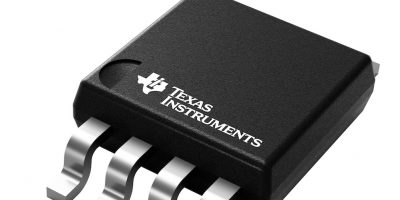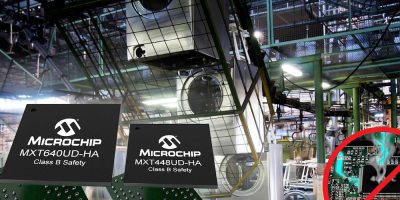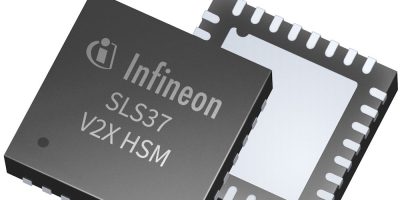For small and energy-sensitive IoT, wearable, medical, industrial automation, consumer and home appliance applications, Renesas offers the RA2E2 microcontroller group. It is based on the Arm Coretex-M23 core and is the latest addition to the 32-bit RA family.
The family of microcontrollers is claimed to offers a combination of low power consumption, a set of peripherals targeted at IoT endpoint applications and space-saving packaging options including a tiny 16-pin WLCSP (wafer level chip scale package) measuring only 1.87 x 1.84mm. The 48MHz RA2E2 family is claimed to offer the industry’s lowest operating power in their class, consuming only 81microA/MHz in active mode with software standby current of only 200nA with fast wake up. They also support a wide temperature range of Ta = -40/+125 degrees C for harsh IoT operating environments. The RA2E2 microcontrollers support an I3C bus interface and integrate cost-saving peripheral functions, including an on-chip oscillator with precision of +/- one per cent, power on reset, low voltage detector, EEPROM and a temperature sensor.
The RA2E2 Group includes nine devices, spanning from 16- to 24-pin packages, and from 16 to 64kbyte of flash memory and 8kbyte of SRAM. The devices also include 2kbyte of data flash memory, which is atypical in low-pin count devices, says Renesas. They are also claimed to be the only microcontrollers in their class to offer an I3C bus interface, delivering high-speed communications of 4.6Mbits per second while significantly reducing power consumption. Security features include a cryptography accelerator (AES256/128), a true random number generator (TRNG) and memory protection units.
The RA2E2 group is available today. Renesas is also offering the EK-RA2E2 evaluation kit.
The Renesas RA family includes over 160 parts ranging from 48 to 200MHz. They have a wide range of communications and security options, including Arm TrustZone technology. All RA devices are supported by the Renesas Flexible Software Program (FSP) that includes drivers and middleware to ease the implementation of communications and security. The FSP’s graphical user interface (GUI) simplifies and accelerates the development process, says Renesas. It enables flexible use of legacy code as well as easy compatibility and scalability with other RA devices. Designers using FSP also have access to the Arm ecosystem and tools as well as Renesas’ partner network.







